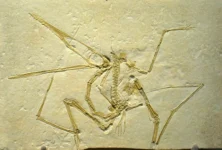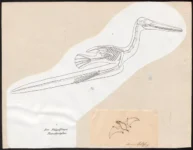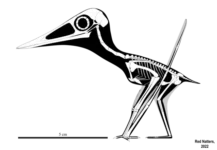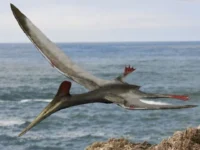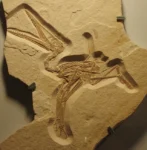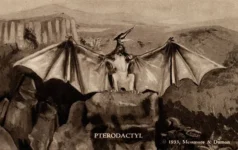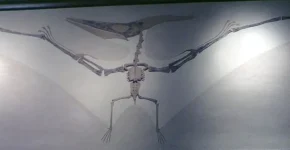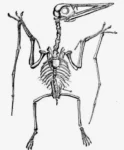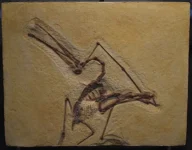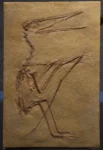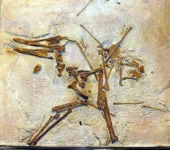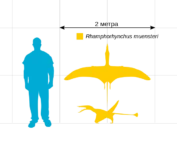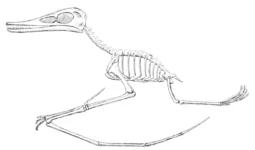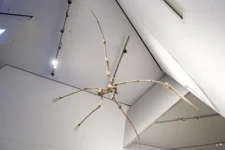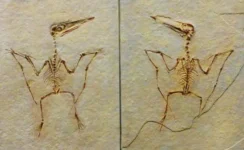Pterodactyl
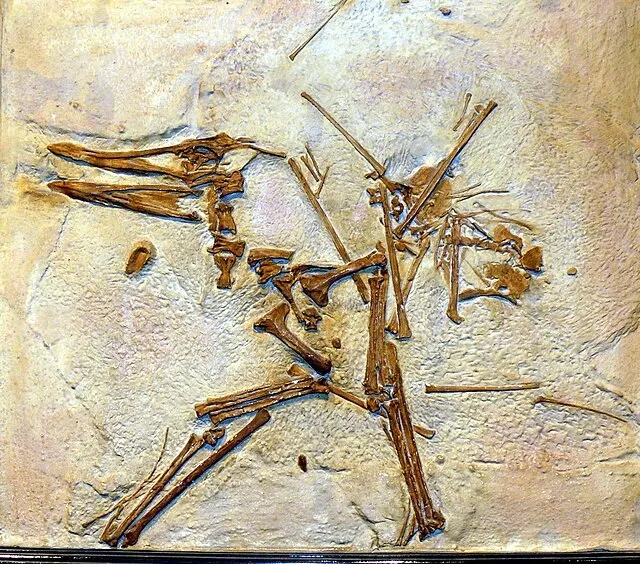
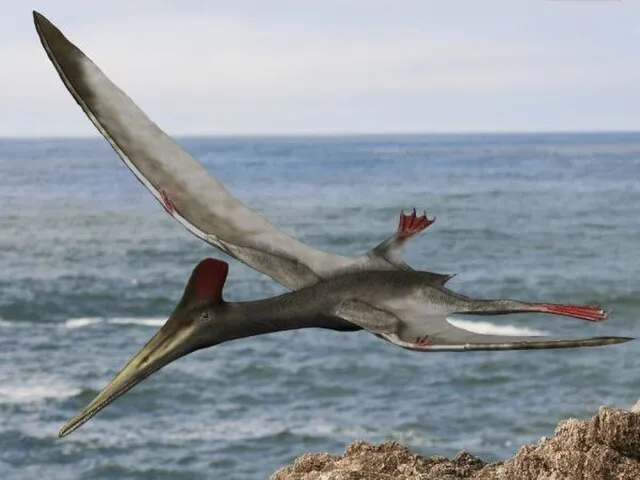
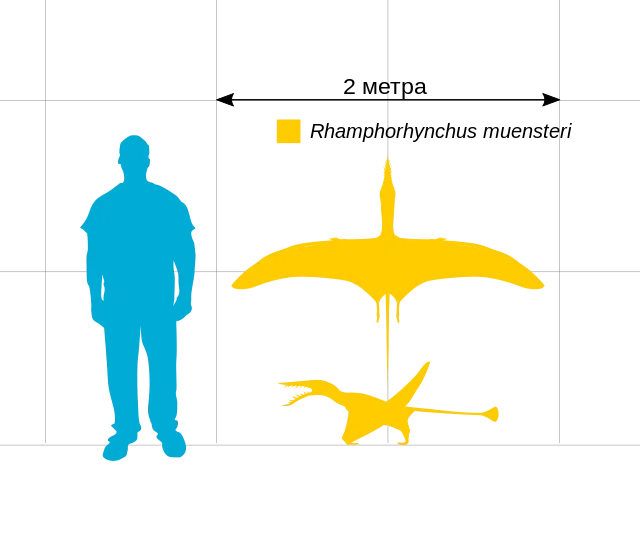
PTERODACTYL
“Pterodactyl” is a common but informal term that refers to pterosaurs, a group of flying reptiles that lived during the age of dinosaurs. However, when people refer to “pterodactyl,” they are often thinking of the specific genus Pterodactylus, one of the first pterosaurs discovered and named. Pterodactylus is significant as one of the first pterosaurs discovered and described scientifically. Its fossils provide crucial insights into the anatomy, behavior, and evolution of early flying reptiles. It also played a pivotal role in understanding the diversity and adaptability of pterosaurs. Here are some key details about Pterodactylus:
SIZE AND ANATOMY:
- Size: Pterodactylus was relatively small compared to some of its later relatives. It had a wingspan of about 3.3 feet (1 meter) and a body length of about 2 feet (60 centimeters).
- Weight: It weighed around 2 pounds (1 kilogram).
- Skull and Teeth: Pterodactylus had a long, narrow skull with numerous conical teeth, particularly suited for catching fish and small animals. Its jaws were slender and elongated.
- Wings: Its wings were formed by a membrane of skin and other tissues stretching from its elongated fourth finger to its ankles. This structure provided the lift necessary for flight.
- Tail: It had a relatively short tail compared to some other pterosaurs, contributing to its agile flight capabilities.
DIET AND FEEDING BEHAVIOR:
- Diet: Pterodactylus was likely a carnivore, feeding on small prey such as fish, insects, and small vertebrates. Its teeth and beak suggest it was well-adapted to a diet of small, slippery prey.
- Flight: It was an adept flyer, capable of agile and possibly powered flight, using its wings to navigate through its environment effectively.
- Habitat: Pterodactylus lived near coastal areas, lakes, and riverbanks where it could find abundant food resources. Fossils have been found in what is now Europe, particularly in the Solnhofen limestone of Germany.
FOSSILS AND DISCOVERY:
- First Discovery: The first Pterodactylus fossil was discovered in the late 18th century. The genus was named by the French naturalist Georges Cuvier in 1809.
- Significant Finds: Numerous well-preserved fossils have been found, particularly in the Solnhofen limestone, which is known for its exceptional fossil preservation.
CLASSIFICATON
- Order: Pterosauria
- Family: Pterodactylidae
- Genus: Pterodactylus
- Species: The most well-known species is Pterodactylus antiquus.
FUN FACTS:
- Misnomer: The term “pterodactyl” is commonly used to describe pterosaurs, but it specifically refers to the genus Pterodactylus. Many other genera of pterosaurs existed, with a wide range of sizes and adaptations.
- Early Discovery: Pterodactylus was one of the first pterosaurs to be discovered and described scientifically, making it a key figure in early paleontology and the study of prehistoric life.
- Flight Adaptations: Pterodactylus had several adaptations for flight, including a lightweight skeleton, a keeled sternum for muscle attachment, and elongated wing fingers that supported its flight membrane.
- Varied Diet: While primarily thought to be piscivorous (fish-eating), Pterodactylus may have had a varied diet that included insects and small terrestrial animals, showcasing its adaptability in different environments.
